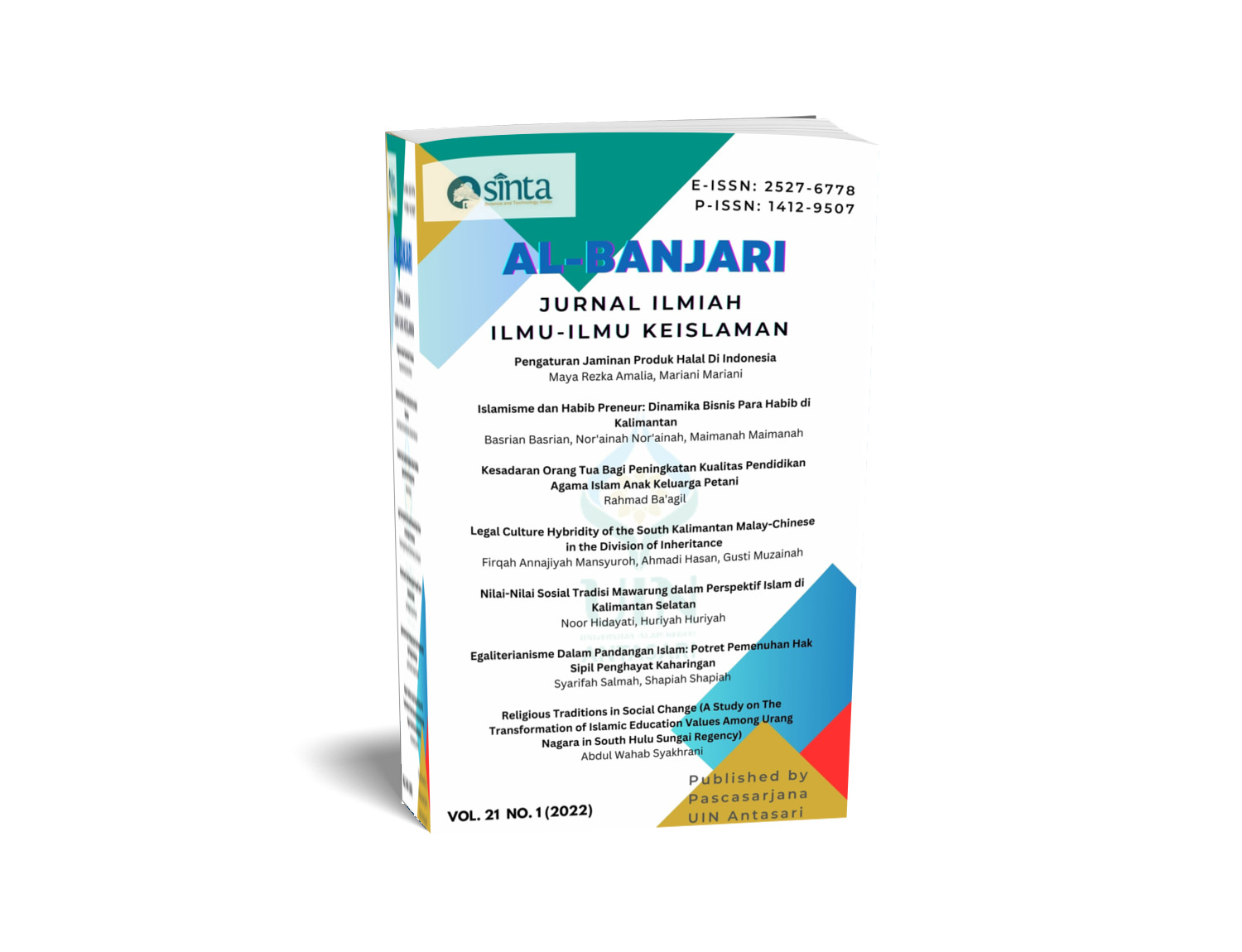Marrying Traditions and Maturitas: Examining Law No. 16/2019 in the Context of Islamic Law and Indonesian Social Dynamics
DOI:
https://doi.org/10.18592/albanjari.v21i1.12500Abstract
Child marriage remains a persistent social challenge in Indonesia. Law Number 16 of 2019, amending the 1974 Marriage Law, emerged from complex social and legal dynamics. This paper investigates the interplay between these dynamics and Islamic legal principles. It examines the high prevalence of child marriage and divorce, alongside existing legal frameworks and their alignment with global norms like human rights, equality, and child protection. By analyzing these factors, the paper sheds light on the motivations behind Law No. 16/2019. The law serves not only as a control mechanism but also potentially as a tool for social reconstruction, aiming to foster a more progressive Indonesian society that prioritizes the maturitas (maturity) of individuals entering marriage.Downloads
Published
2022-03-16
Issue
Section
Articles
License

This work is licensed under a Creative Commons Attribution-ShareAlike 4.0 International License.
Authors who publish with this journal agree to the following terms:
- Authors retain copyright and grant the journal right of first publication with the work simultaneously licensed under a Creative Commons Attribution License that allows others to share the work with an acknowledgement of the work's authorship and initial publication in this journal.
- Authors are able to enter into separate, additional contractual arrangements for the non-exclusive distribution of the journal's published version of the work (e.g., post it to an institutional repository or publish it in a book), with an acknowledgement of its initial publication in this journal.
- Authors are permitted and encouraged to post their work online (e.g., in institutional repositories or on their website) prior to and during the submission process, as it can lead to productive exchanges, as well as earlier and greater citation of published work (See The Effect of Open Access).


































